Comeback Kids
Patience and perseverance are key for bringing off-track Thoroughbreds back from injuries sustained post-racing.
Patience and perseverance are key for bringing off-track Thoroughbreds back from injuries sustained post-racing.

A new study looks at age as a predisposing factor for post-operative nasogastric reflux and mortality.
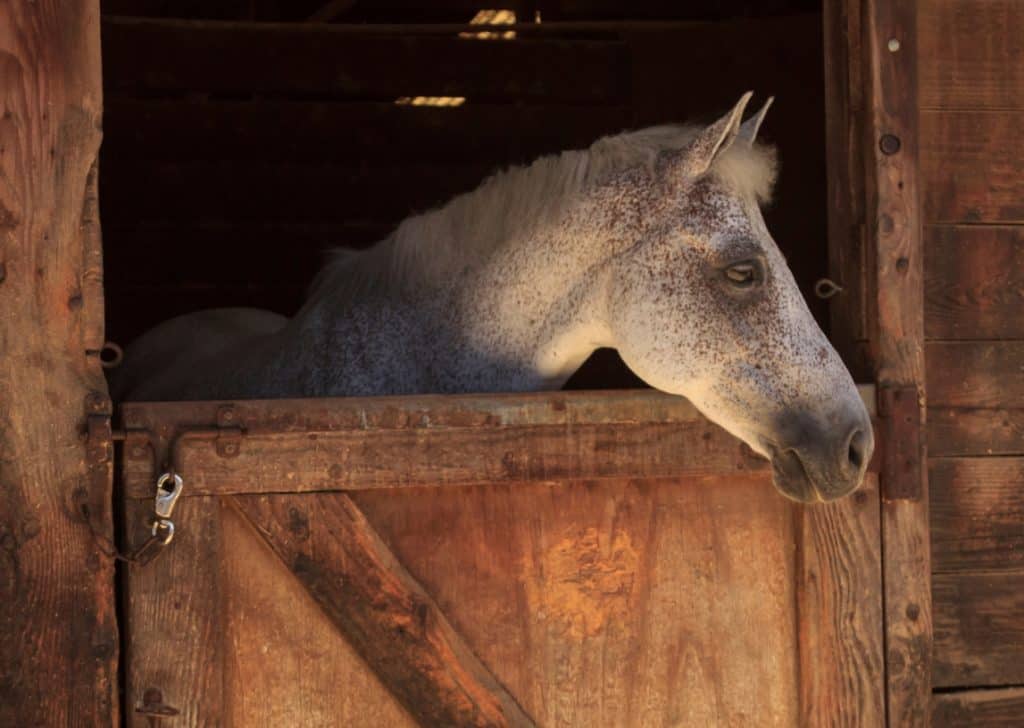
Because research into vortex wave circulation therapy is new, one researcher sought to understand how it might be helping horses, and she produced measurable results.
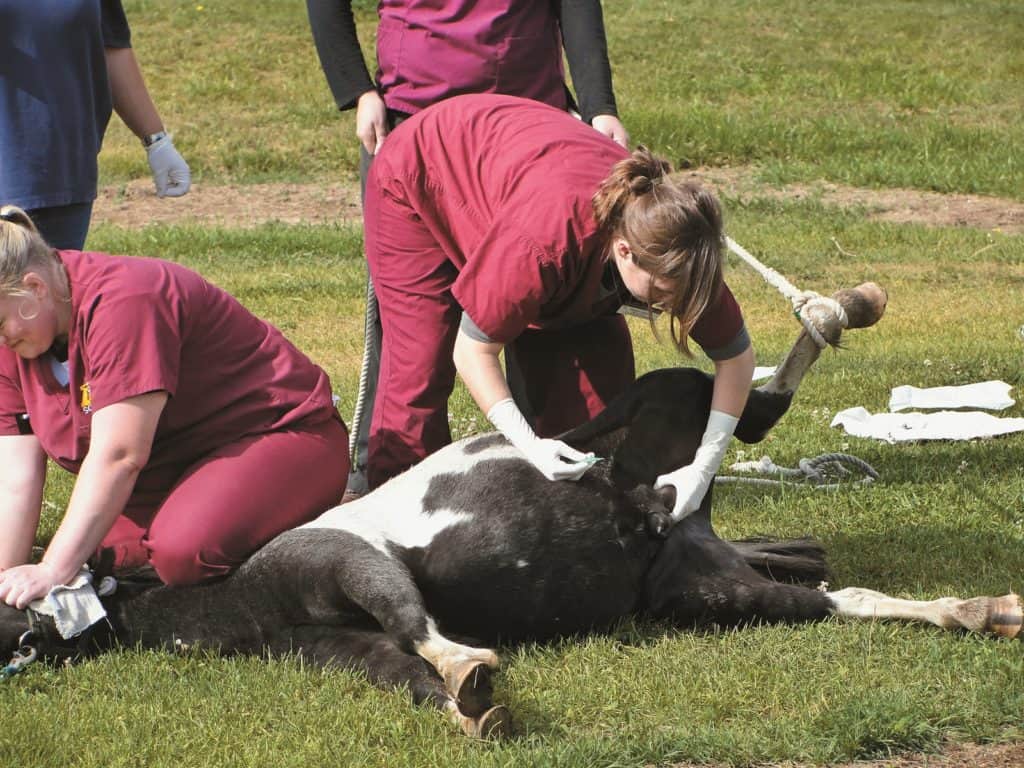
Evisceration—when the intestines protrude through the surgical site—can be fatal if not treated promptly. By knowing which breeds and castration methods are more prone to evisceration, vets can be better prepared for complications.

Arthroscopic pastern bone chip removal in horses had no significant impact on Thoroughbreds’ racing performance, researchers found.

Address the entire horse, not just the injury, when bringing a patient back to work, veterinarians say.
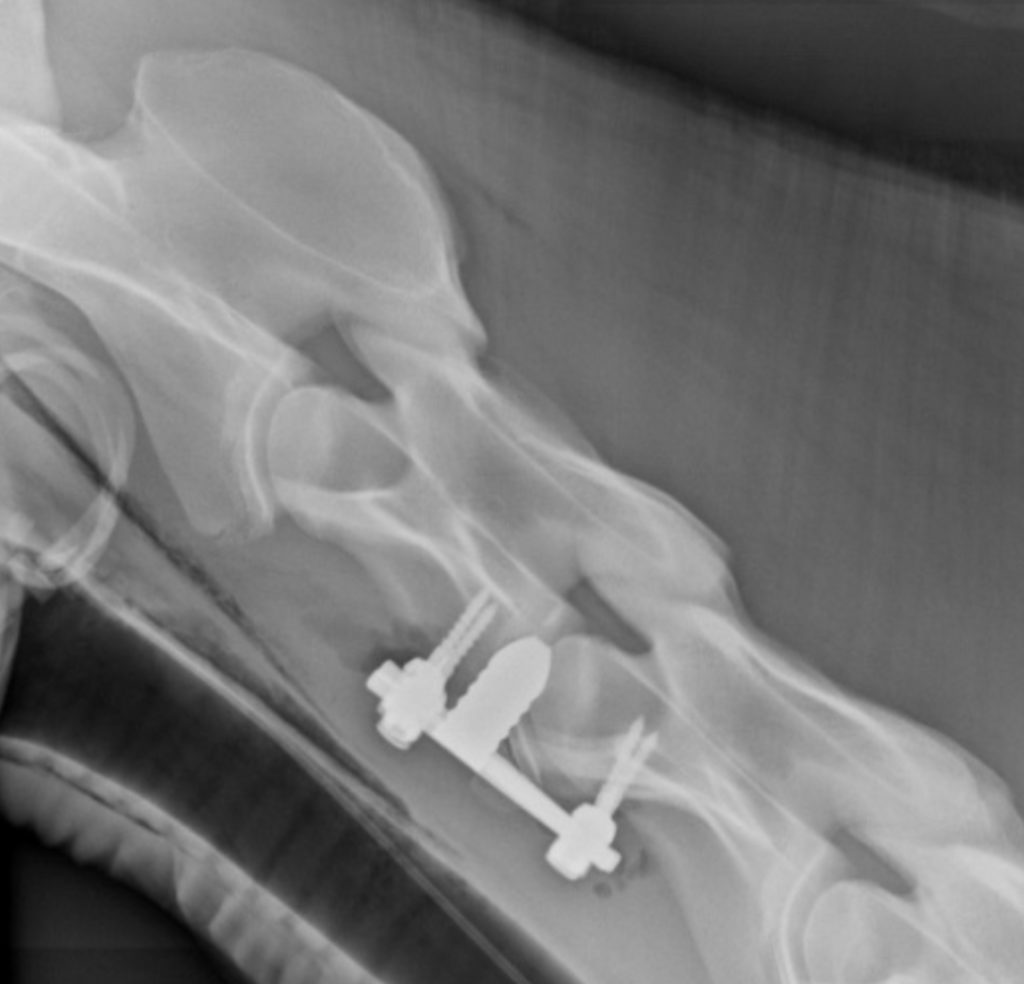
Researchers developed the new method for horses based on work conducted in humans. The procedure involves two stabilization devices: an intervertebral device to reduce compression and screws with rotating heads and connecting rods to stabilize the vertebrae.

Researchers said evaluating castration complications allowed them to arrive at a benchmark to which other equine practitioners can audit their individual and practice performances, possibly leading to even safer gelding procedures.
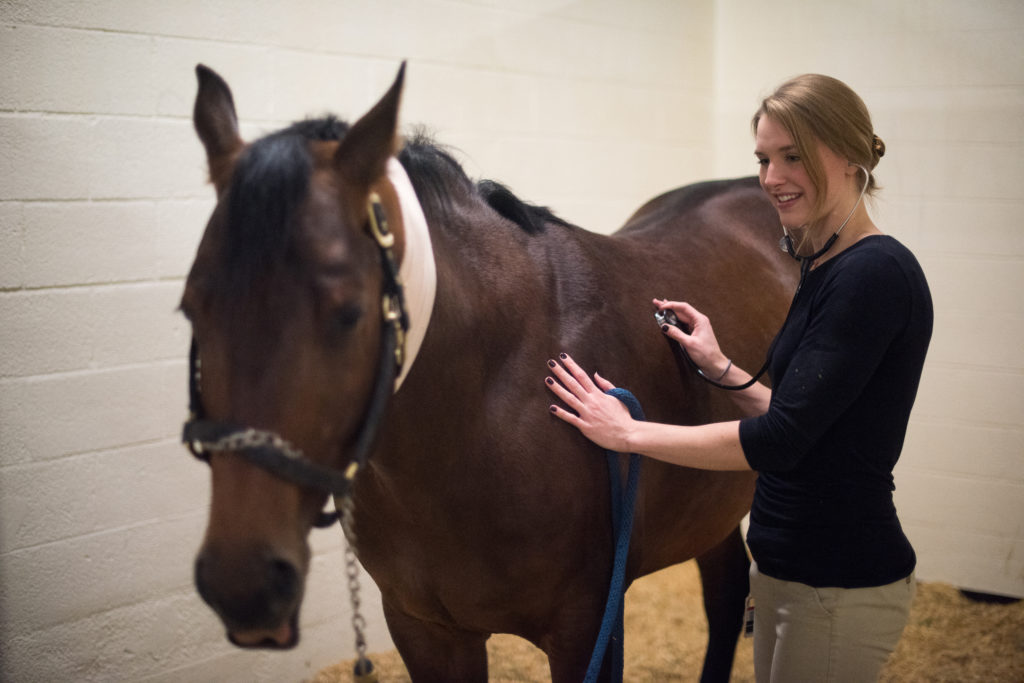
Researchers found that firocoxib and flunixin meglumine provided similar levels of pain control after colic surgery, but firocoxib resulted in reduced evidence of endotoxemia at 48 hours post-surgery.

Measuring the biomarker creatine kinase in abdominal fluid can help distinguish horses with ischemic (lacking blood flow) intestine due to a strangulating lesion—and, thus, require surgery—from those without.

Determining why a horse isn’t performing up to expectations can be a time-consuming and tedious process. One veterinarian shares how she approaches these cases.

Dr. Wes Sutter recaps studies on MRI for diagnosing hock problems, tieback surgery, evaluating suspensory ligament branch injuries, nerve blocks, and more.

Researchers found no apparent link between previous surgery and catastrophic injury, but they did identify associations with medication use and lameness.

While surgery alone can improve septic navicular bursitis prognoses, recent study results suggest outcomes can be even better if surgery is combined with antimicrobials and therapeutic shoeing.

Researchers found that treating suspensory ligament branch tears surgically generally yielded a good prognosis and proved superior to noninvasive management. However, they cautioned, surgical intervention is lesion-specific and not applicable to all suspensory branch injuries.
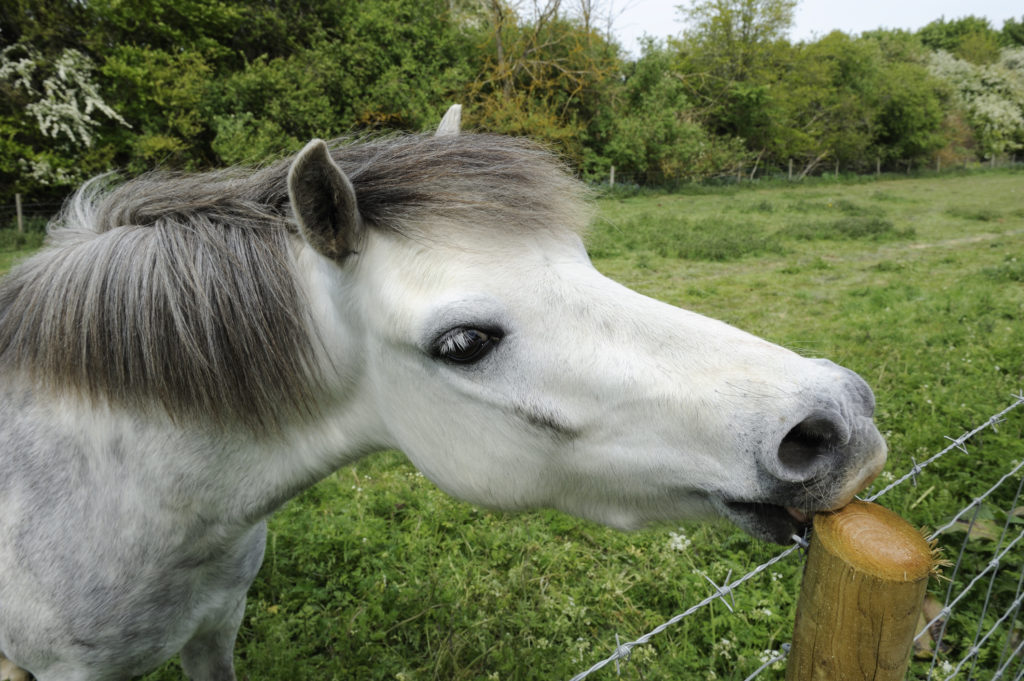
While wire ingestion was once considered a death sentence, researchers recently found that surgery can save some affected horses, especially if the foreign body is identified and treated early.
Stay on top of the most recent Horse Health news with
"*" indicates required fields